What are Your Body Shapes, and How to Dress Accordingly?

There are many different body types, and they are all beautiful in their unique way. A combination of genetics, hormones, and lifestyle determines our body type. This article will look at the different body types and how to measure them. We will also discuss how to measure your body type so that you can better understand your own body and how to care for it. So, we've got you covered whether you have a rectangle or an apple body shape.

Body Shapes Of Women
According to research, we can categorize women's body shapes into four main types. However, it is essential to recognize that these categories are not set in stone, and many women may have a combination of two or more body shapes. Furthermore, all body shapes are beautiful and should be celebrated. Read on to learn more about your body shape and how to care for it.
Pear Body Shape:
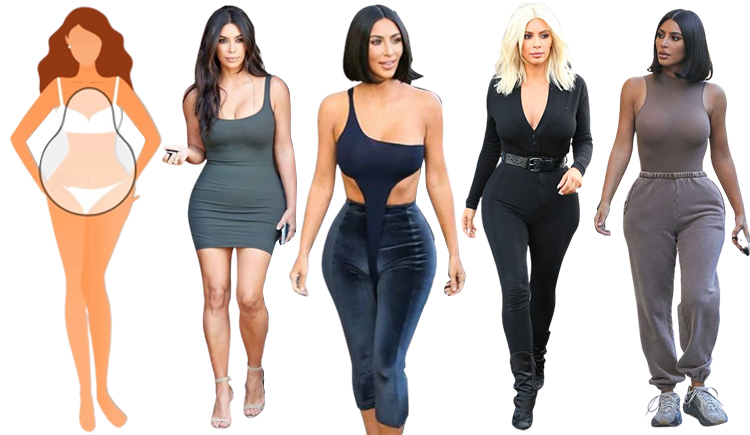
The Pear body shape is defined by a more petite upper body and a more prominent lower body, which typically includes larger hips and thighs. Women with this body shape often have a defined waist, which creates a curvier silhouette.
What to Wear:
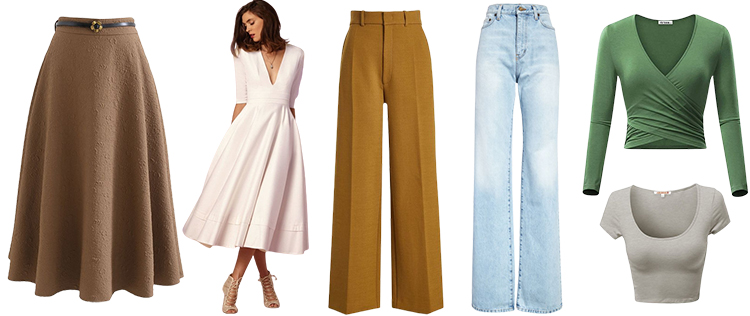
When dressing for a Pear body shape, the goal is to balance the upper and lower body. A-line skirts and dresses are excellent alternatives as they flare out from the waist, which creates a balanced look. High-waisted pants and jeans are also a good choice, as they help to define the waist and create a more hourglass shape. Tops with a V-neck or scoop neck can also help to draw attention to the upper body, while light-colored tops can make the upper body appear more prominent. You can wear blazers and jackets to add structure to the lower body.
What Not to Wear:
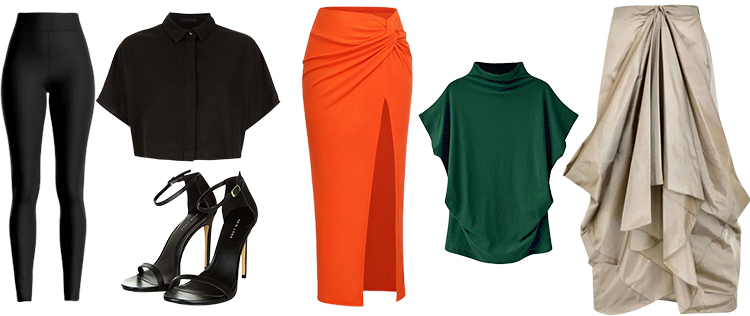
To avoid making the lower body appear more prominent, it's best to prevent tight-fitting pants or skirts. Boxy tops can also make the upper body appear smaller, so avoiding them is best. Heavy fabrics on the lower body can also make the lower body appear more prominent, so it's best to choose lightweight materials. High heels can also make the lower body appear more pronounced, so it's best to select lower heels or flats. Baggy or shapeless clothing can also make the lower body appear more prominent, so choosing a dress that fits well and accentuates your curves is best.
Apple Body Shapes
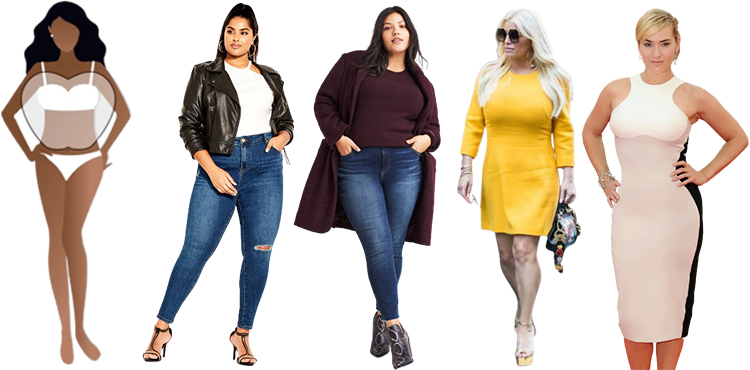
Apple body shapes refer to individuals with a larger upper body, such as a larger bust, waist, upper arms, and a more petite lower body. Women with this body shape may also have a rounder midsection. Knowing how to dress for this body shape can help to create a balanced and flattering look.
What to wear:
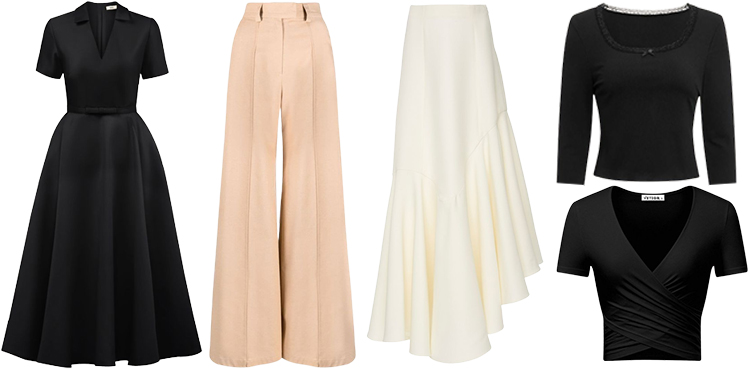
For apple body shapes, drawing attention to the body's lower half is essential to create the illusion of a balanced look. A-line dresses, skirts, and pants that flare at the bottom are perfect for this purpose. They will help to balance out the upper body and create the illusion of a smaller waist. Furthermore, V-neck and scoop neck tops can elongate the neck and draw the eye away from the midsection. Additionally, dark colors on the top and light colors on the bottom can create a balanced look.
What not to wear:

It is essential to steer clear of dresses that are too tight around the midsection, as they can only accentuate the roundness. Instead, opt for clothes that have a looser fit around the waist. Also, clothes that are too baggy or too short should be avoided, as they can make you look larger than you are or make your legs look shorter.
Hourglass Body Shapes
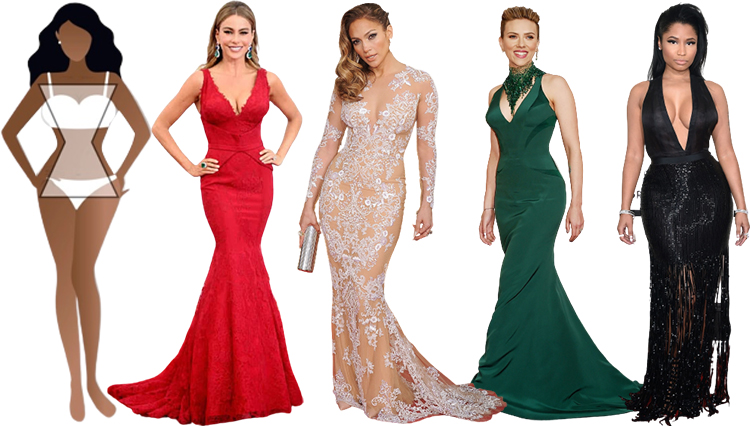
Hourglass body shape is characterized by a balanced upper and lower body with a smaller waistline. Women with this body shape typically have curves in all the right places, considered one of the most desirable. The hourglass body shape is known for its defined waistline, curvy hips, and bust.
What to Wear:
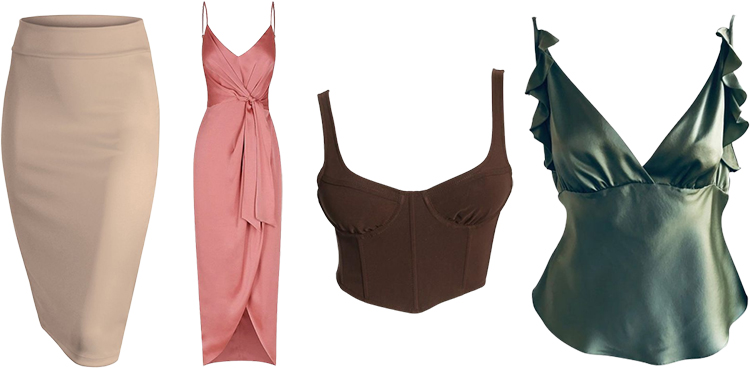
When dressing an hourglass body shape, the key is accentuating the waistline and creating a balanced proportion. Clothes that fit well and are not too tight or loose are ideal. Clothes with a defined waistline, such as pencil skirts, wrap dresses, and corset tops, are great options as they create an hourglass shape. Also, clothes with a V-neckline are perfect for hourglass body types as it creates a balance between the hips and the bust. Embrace your curves and avoid baggy clothes that can hide your curves. Wearing clothes that fit well will help to enhance your hourglass shape.
What Not to Wear:
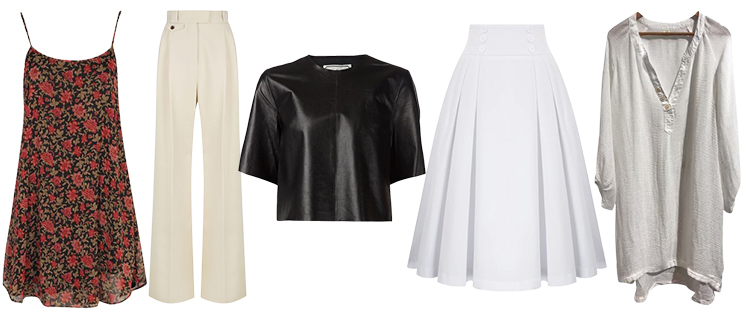
When dressing an hourglass body shape, it is essential to avoid clothes that are too tight or loose. Wearing clothes that are too tight can make you look uncomfortable and can also be restrictive. On the other hand, clothes that are too loose can make you look frumpy and can hide your hourglass shape. Also, it is essential to avoid clothes that hide your waistline, such as shapeless clothes like tent dresses and boxy tops; they can make you look disproportionate. Also, avoid high-waisted pants or skirts, as they can make your waist look bigger than it is. Additionally, it is essential to avoid overly baggy clothes that can make you look frumpy. Clothes that are too baggy can hide your curves and can make you look larger than you are
Rectangle Body Shape
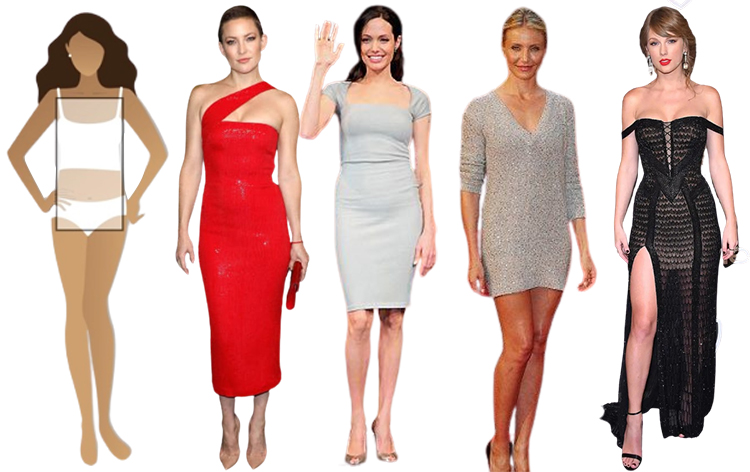
Women with rectangle body shapes have a straight and slender build, with little difference between their hip and shoulder measurements. They typically have a tiny waist and a balanced upper and lower body.
What to wear:
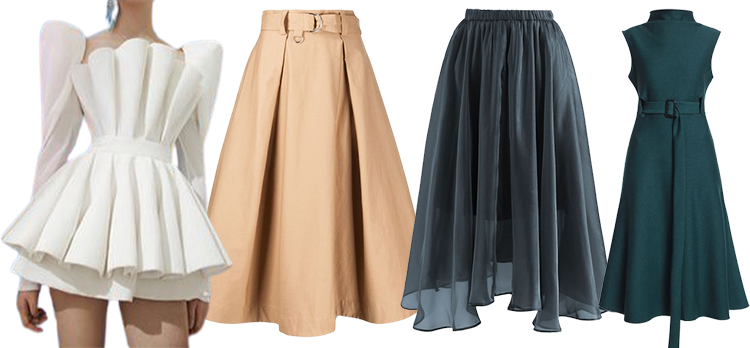
Structured clothing can help create the illusion of curves for a rectangular body shape. Clothes with a defined waist and shoulder can help create the illusion of curves. A-line or flare skirts are also great, adding volume to the hips and creating a more balanced look. Belted dresses are also a great choice, as a belt can help create the illusion of a waist, which can help balance out the proportions of the body.
What not to wear:
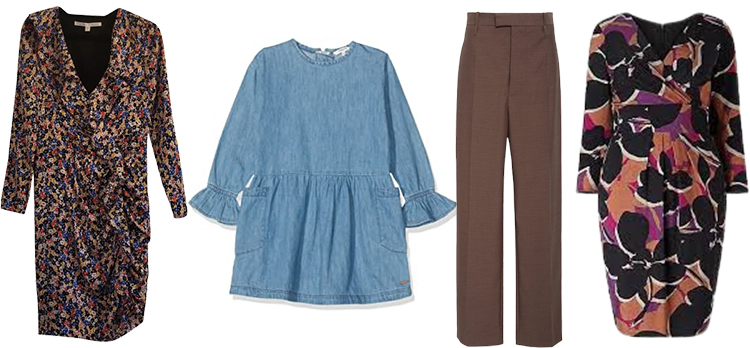
You should avoid boxy or shapeless clothing as it can make the body look even more straight and slender. You should also avoid baggy clothes, which can add weight to the body and make the proportions look unbalanced. Straight-leg pants should be avoided as they can make the legs look slimmer, so opt for wider-leg pants to add volume to the lower body.
How to take your measurements
Determining your body type can be challenging, but taking your measurements can help you identify your body shape and make shopping for clothes more accessible. Knowing your body measurements will better equip you to select clothes that flatter your figure and accentuate your best features. Here's how to take your measurements accurately:
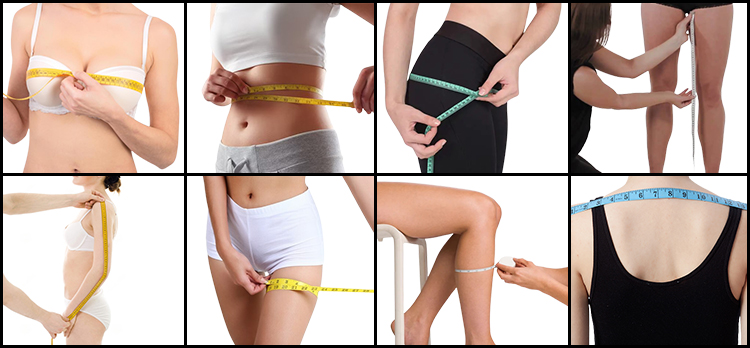
Measure your bust
Take a measuring tape and measure the fullest part of your bust, ensuring the tape is level and not too tight. Make sure to hold the tape snugly but not too tightly around your back and over the fullest part of your bust.
Measure your waist
To find your natural waistline, bend to one side and find the indentation. Measure at that point. This will measure the narrowest part of your torso, usually located above your belly button.
Measure your hips
Measure the widest part of your hips, typically around the buttocks. Stand with your feet together and measure around the fullest part of your hips.
Measure your inseam
Measure the distance from the top of your inner thigh to the bottom of your ankle. To do this, measure from the inside of your leg at the crotch to the bottom of your ankle bone.
Measuring Arm length
Measure the distance from the top of your shoulder (the point where it meets your collarbone) to the tip of your wrist. Ensure that you measure the longest point of your arm, which is the one that extends to your wrist.
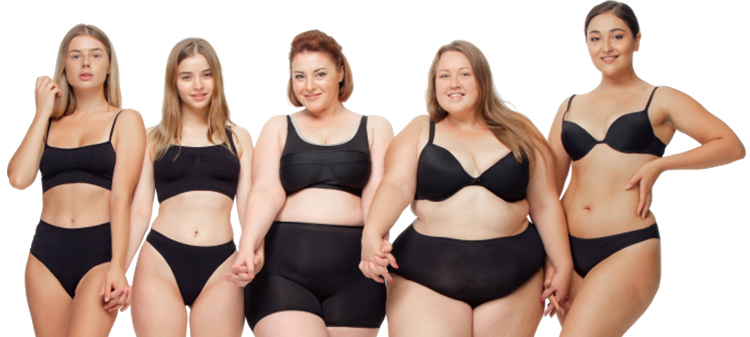
Measuring your Thigh
Measure the distance around the fullest part of your thigh. This measurement is typically taken around 8 inches above the knee to ensure you measure the widest point.
Measuring your Calf
Measure the distance around the fullest part of your calf. This measurement is typically taken around 8 inches below the knee to ensure you measure the widest point.
Measure your shoulders
Measure the distance across your shoulders, from the tip of one shoulder to the tip of the other. Stand with your back to a wall, place the end of the tape measure at the tip of one shoulder, then stretch it across your shoulder blades to the tip of the other shoulder.
It is vital to note that these measurements should be taken while wearing minimal clothing, as it is essential to have accurate measurements. Additionally, having a friend or professional help, you take the measures would be beneficial.


Leave a Comment